
|
|
|
| synonym |
|
| description |
A slender species that is light brown to sordid ivory in color, lacking distinct markings; the ocelli are pink. The face may or may not have oblique brown lines on either side of the midline. The pronotum frequently has brown longitudinal lines, and the scutellum usually has faint orange areas. The underside of the thorax and abdominal dorsum are dark; the wings are tannish. The head is as wide as or wider than the pronotum; the vertex is usually the same size in the middle as next to the eye, but in some specimens it may be longer medially. The female pregenital sternite has the posterior margin irregularly truncate or slightly convex, sometimes with a small median projection and with a heavily sclerotized band across the posterior margin. The male subgenital plates are small and triangular, with a tapering finger-like projection. Adult males are 2.8 to 3.8 mm long, females are 3.2 to 4.0 mm. (Blocker, 1967; Knight, 1987)
For images of some specimens, see: BOLD. |
| distribution |
A common, widespread species found across North America, ranging as far south as Central America and the Caribbean (3i) |
| abundance |
Records across the state, though seems to be more abundant in the coastal plain; no recent records of this species, it is likely under collected and therefore more abundant in the right habitat. |
| seasonal_occurrence | |
| habitat |
Common in lawns, also found in grasslands, fields, marshes, etc. |
| plant associates |
Grasses, though has been taken from a number of different plant species. See here for a list: plants |
| behavior |
Can be attracted at night with a black light. |
| comments |
NOTE: As of now, it is probably necessary to collect male specimens to confirm the identification of any specimens that may be this species. Balclutha is a very challenging genus to identify without male genitalia, with multiple species showing a high degree of color and pattern variation and similarity in head shape, size and female pregenital sternite shape. B. neglecta, belonging to the subgenus Nesosteles, is supposed to have a head that is as wide as or wider than the pronotum while the rest of the Balclutha have a head that is narrower than the pronotum (Beirne, 1956); additionally, the head in Nesosteles is reportedly not angularly produced but broadly rounded, while the head of the other Balclutha is somewhat angularly produced. These features though seem to not be very reliable, with other species for example showing heads that are similar in width to the head. |
status |
[Native:]
[Introduced:]
[Extirpated:] | | list_type |
[Official:]
[Provisional:] |
| adult_id | Unmistakable and widely known Identifiable from good quality photos of unworn specimens
Identifiable from photos showing undersides, or other specialized views [e.g., legs, face]
Identifiable only by close inspection of structural features or by DNA analysis NULL |
| nymph_id | Unmistakable and widely known Identifiable from good quality photos, especially where associated with known host plants
Identifiable from close inspection of specimens or by DNA analysis
Identifiable only through rearing to adulthood NULL |
| G_rank |
|
| S_rank |
|
| rank_comments |
|
| tribe |
|
| subgenus |
|
Species Photo Gallery for Balclutha neglecta No Common Name |
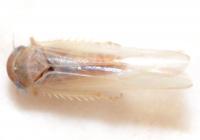 | Photo by: Kyle Kittelberger
Out Of State Co.
Comment: male, 3.25 mm | 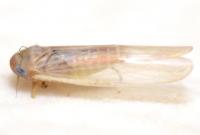 | Photo by: Kyle Kittelberger
Out Of State Co.
Comment: male, 3.25 mm |
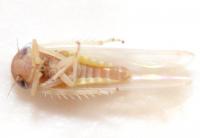 | Photo by: Kyle Kittelberger
Out Of State Co.
Comment: male, 3.25 mm |

 »
»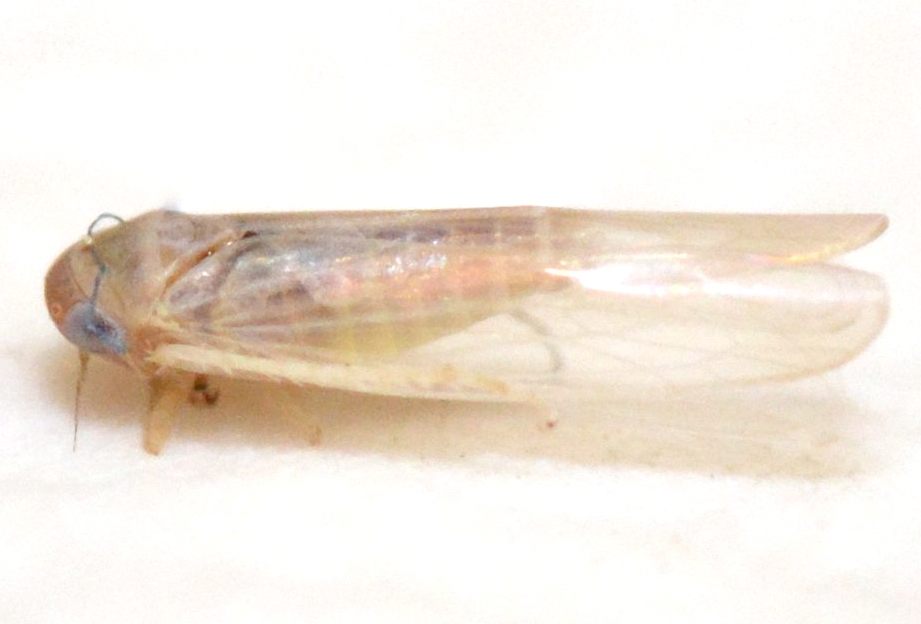
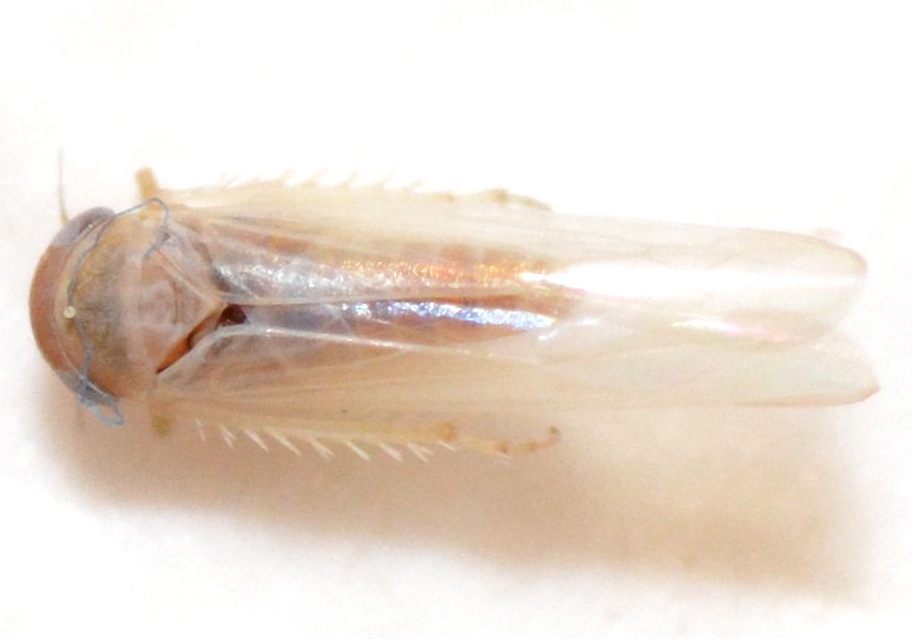
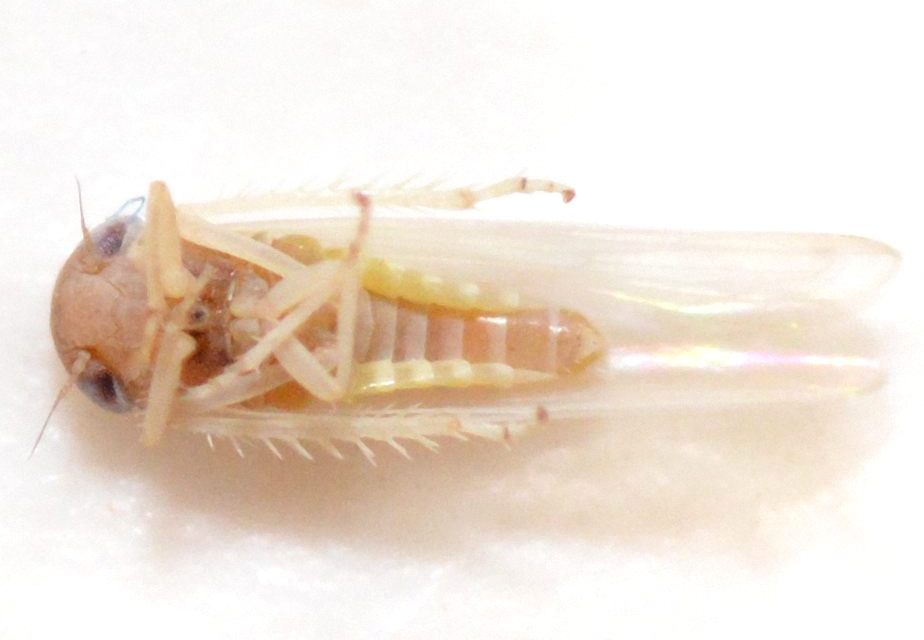

 »
»

